Many pet owners enjoy their four-legged companion’s company on long hikes or during their morning run especially as the weather improves in the spring and summer months. However, our pets are natural people pleasers and cannot always communicate to their owners that they are tired or unable to complete a long hike. Pets who are out of shape or overweight may have limited energy and be unable to exercise for prolonged periods whereas other pets who become fatigued easily may be sending a warning of an underlying illness. Our Animal Emergency Care team wants to ensure your pets are healthy enough to enjoy hikes with their favorite humans. We describe exercise intolerance causes, signs, treatment, and prevention.
What is exercise intolerance in pets?
Your pet may have difficulty with an exercise routine if they consider couch cuddles and walking to their food bowl as daily exercise and likely cannot go on a long hike. However, pets who regularly exercise and suddenly have less energy or reduced ability may be experiencing exercise intolerance or fatigue. Exercise intolerance may be a result of excessive physical activity for prolonged periods. Additionally, several underlying medical conditions can cause exercise intolerance in pets, including:
- Heart disease
- Respiratory disorders (e.g. bronchitis, pneumonia)
- Anemia
- Low blood sugar
- Thyroid disease
- Bacterial or viral infection
- Adrenal gland disease
- Arthritis
- Spinal cord disease
- Immune system disorders
- Genetic disorder
- Heat exhaustion
Exercise intolerance signs in pets
Exercise intolerance signs vary and will depend on the underlying cause. However, if your pet regularly runs, hikes, or participates in other activities but suddenly finds them difficult or is reluctant to exercise they may have exercise intolerance. Other signs may include:
- Collapse after exercise
- Increased salivation after exercise
- Sudden weakness during activity
- Reluctance to participate in play
- Excessive panting or heavy breathing during exercise
- Depression
- Lethargy
- Uncoordinated gait during or after exercise
- Fever after exercise
Exercise intolerance diagnosis and treatment for pets
Your pet needs veterinary care if they are showing exercise intolerance signs. Your family veterinarian will discuss your pet’s activity history and perform a nose-to-tail physical examination. They may also recommend blood tests to check your pet’s overall organ function, and for the presence of infection. Other diagnostic tests may include:
- X-rays to check your pet’s heart shape and size, and their lungs
- Electrocardiogram (EKG) to evaluate your pet’s heart rhythm and rate
- Ultrasound to examine your pet’s heart, lungs, and other organs
- Specialized blood tests for genetic disorders
Treatment is based on the underlying cause of your pet’s exercise intolerance, and may include:
- Intravenous (IV) fluids
- Antibiotics if an infection is present
- Heart medications
- Pain medication
Payment options for exercise intolerance treatments in pets
Pets undergoing diagnostics and treatment for exercise intolerance may require an extended hospital stay and several follow-up appointments to ensure the underlying illness is properly treated. This long-term care can result in a large veterinary bill but fortunately multiple payment options are available to cover costs of treatment and ongoing medical care. A pet health insurance plan like Trupanion will ensure funds are available for your pet’s exercise intolerance diagnosis and treatment. Trupanion will pay your veterinary clinic directly which eliminates the need to submit paperwork and wait for reimbursements. Other payment options include:
- CareCredit — Care Credit offers specialized credit cards that can help delay interest payments.
- Scratch Pay — This service provides fast, flexible payment options with variable interest rates depending on an individual’s credit.
- Pet health savings account — Many financial institutions offer incentives for pet health savings accounts which ensure you have funds budgeted for your pet’s medical care.
- Short-term loans — These loans often have high interest rates but can be used as a last resort.
Exercise intolerance prevention in pets
Exercise intolerance often signals an underlying illness, and therefore is not always preventable. However, never force your pet to participate in any exercise routine. A visit to your family veterinarian is recommended before starting any regular exercise, hiking, or running routine. Annual or more frequent veterinary checkups are important to ensure they are not affected by any underlying medical problems. Ensure you introduce any exercise routine or activity slowly to properly acclimate your pet, and never exercise or hike with your pet on hot days.
Contact your family veterinarian if your pet is experiencing exercise intolerance signs or bring them to Animal Emergency Care if they need help after hours. #AECprevents


